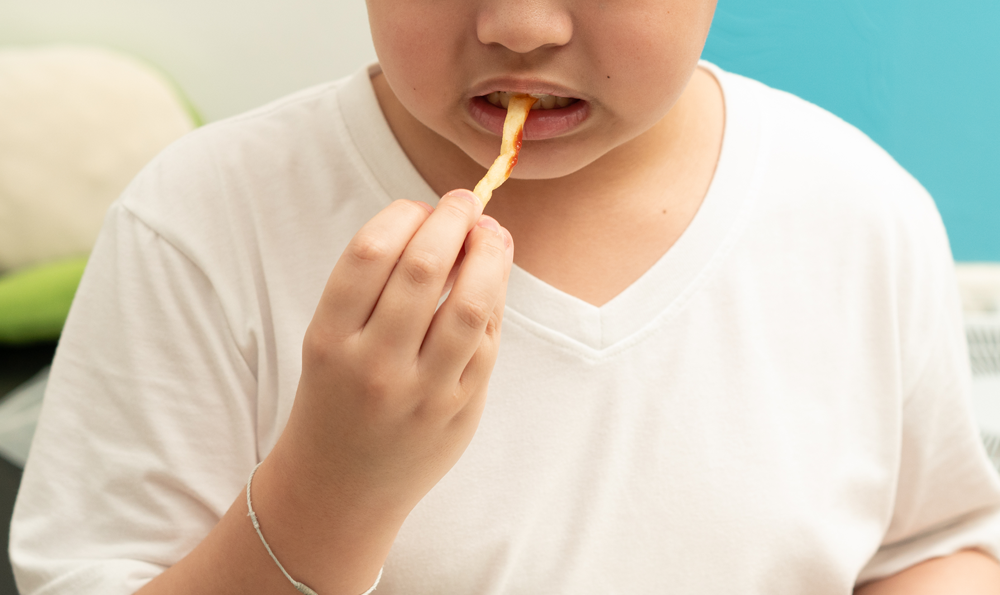Childhood obesity is a serious health crisis. According to the Centers for Disease Control and Prevention (CDC), nearly 20 percent of the nation’s children are classified as overweight or obese.
So, how did we get here—and what can be done about it?
Melissa Woo, MD, pediatric endocrinologist at Atlantic Health says that, most importantly, families need to take back control inside their homes. She leads the KidFit program at Atlantic Health, which helps children struggling with weight—and their families—adopt healthier, lifelong changes.
Why Is Childhood Obesity a Concern?
“Excess body fat negatively affects a child’s mental health and also leads to serious health issues that persist into adulthood,” says Dr. Woo.
She explains that, to measure body fat, doctors use a height-to-weight ratio known as body mass index (BMI). Here the most common health problems linked to high BMI in children:
- Type 2 diabetes
- High blood pressure
- High cholesterol
- Asthma
- Sleep apnea
- Joint problems
- Fatty liver disease
- Low self-esteem, depression, anxiety
A Family-First, Individualized Approach
Dr. Woo’s KidFit program puts kids and their families in the hands of specialized teams: a social worker, a nutritionist, a physician assistant, and a patient navigator—all to support the child’s health journey.
“When a child reduces excess body fat, it improves their overall health—and it starts at home with the family,” says Dr. Woo. “Our goal is not to count every calorie. It’s to help families make realistic and lasting changes.”
For example, sometimes a family’s first step is to stop a child from further weight gain rather than focusing first on weight loss. When a growing child slows down weight gain or maintains weight while getting taller, they’ll begin to see a healthier BMI.
Building Healthier Habits
Through diet and exercise, the KidFit program helps children ages five to 19 and their families take small, meaningful steps toward better health.
- Nutritionally, the team focuses on tweaking family meals:
- Eat more home-cooked meals
- Reduce takeout and delivery
- Learn portion control
- Read food packaging labels
- Make sustainable family-based changes
- Physically, the team emphasizes ways to move more:
- Find activities that kids enjoy
- Limit screen time
- Break up long periods of sitting with physical action
- Encourage outdoor play
- Get kids out of the kitchen where snacks are tempting
“Children thrive on structure,” Dr. Woo says. “When meals, snacks, movement, and screen time happen on a predictable schedule, it’s easier for the whole family to stay on track.”
Her KidFit success stories show that lasting change isn’t bold and flashy. Instead, it’s families’ quiet, consistent work of making small, incremental changes that result in them reclaiming their health.
“Progress and support at KidFit are ongoing, with follow-up visits, check-ins, and access to resources that help families stay motivated and adapt as their needs change. Over time, these small shifts in daily life become habits that form the foundation for a healthier future.”












